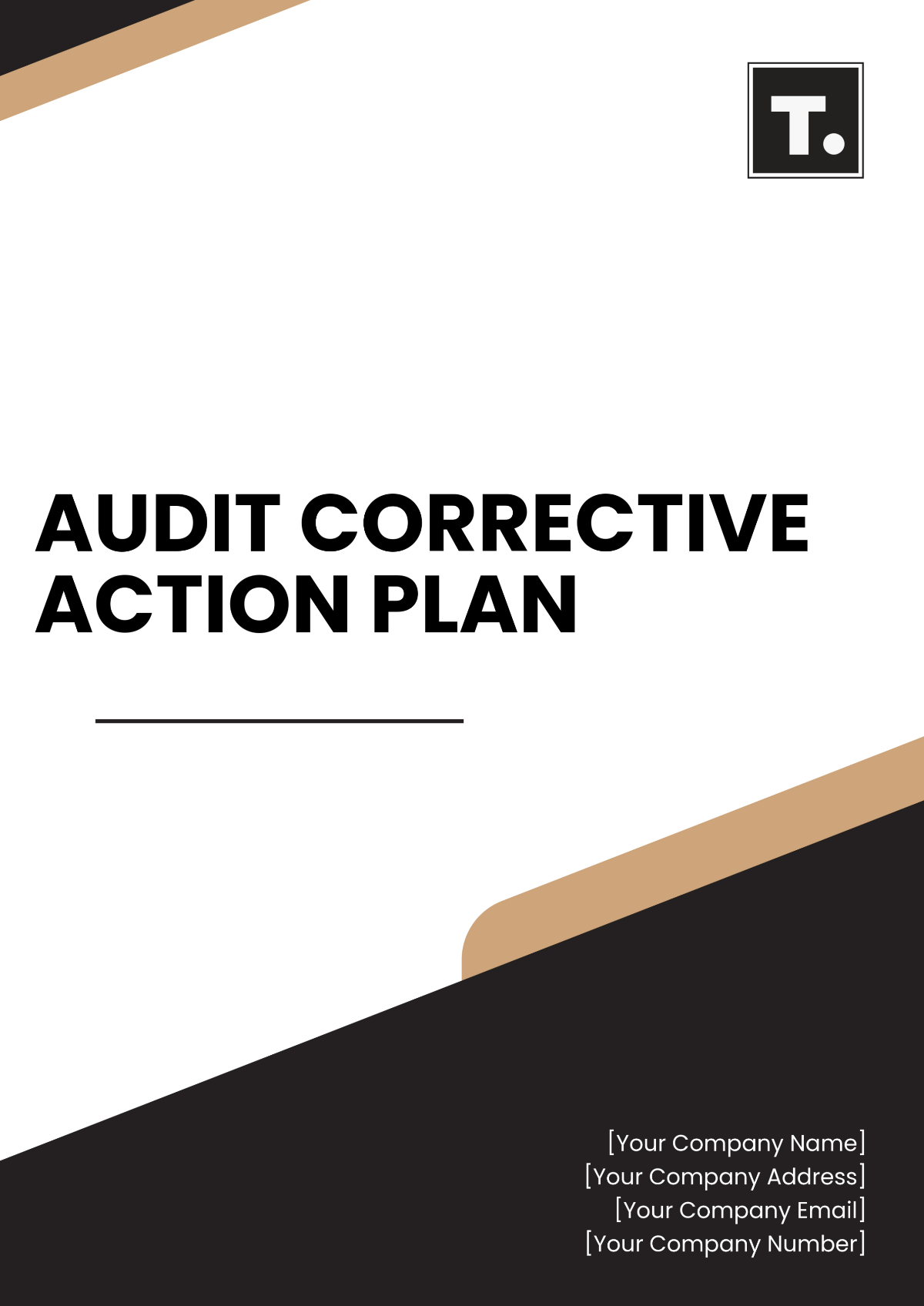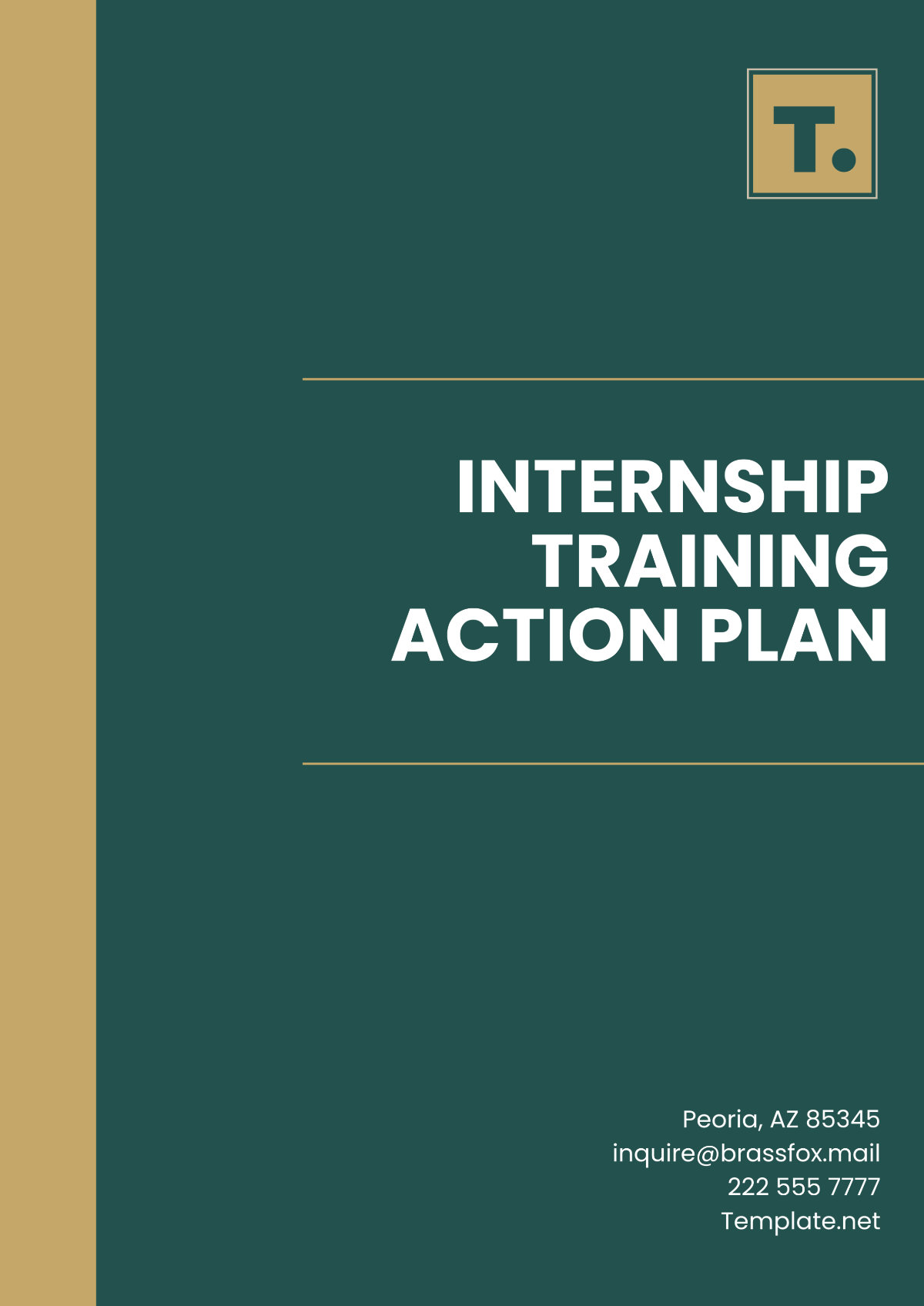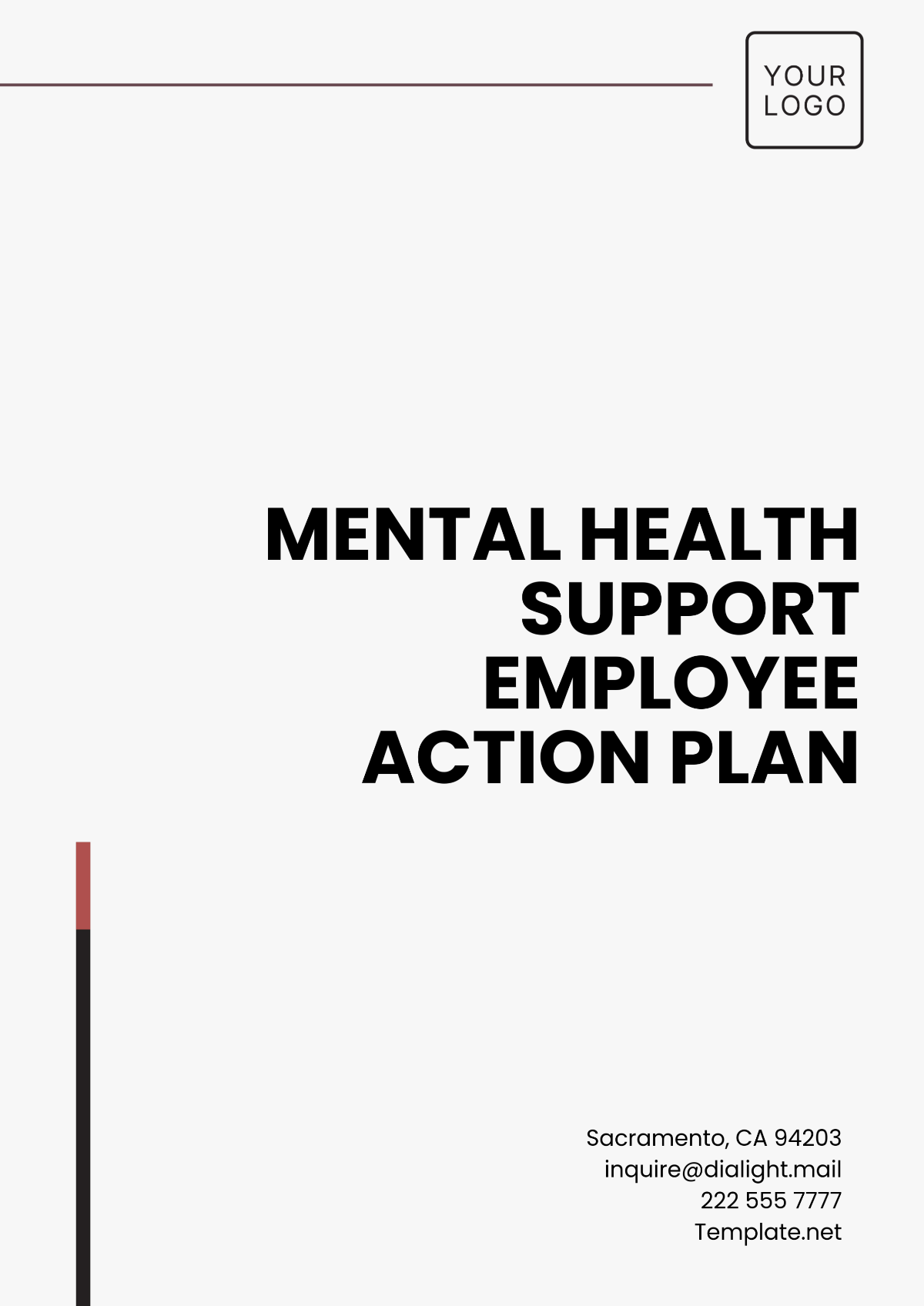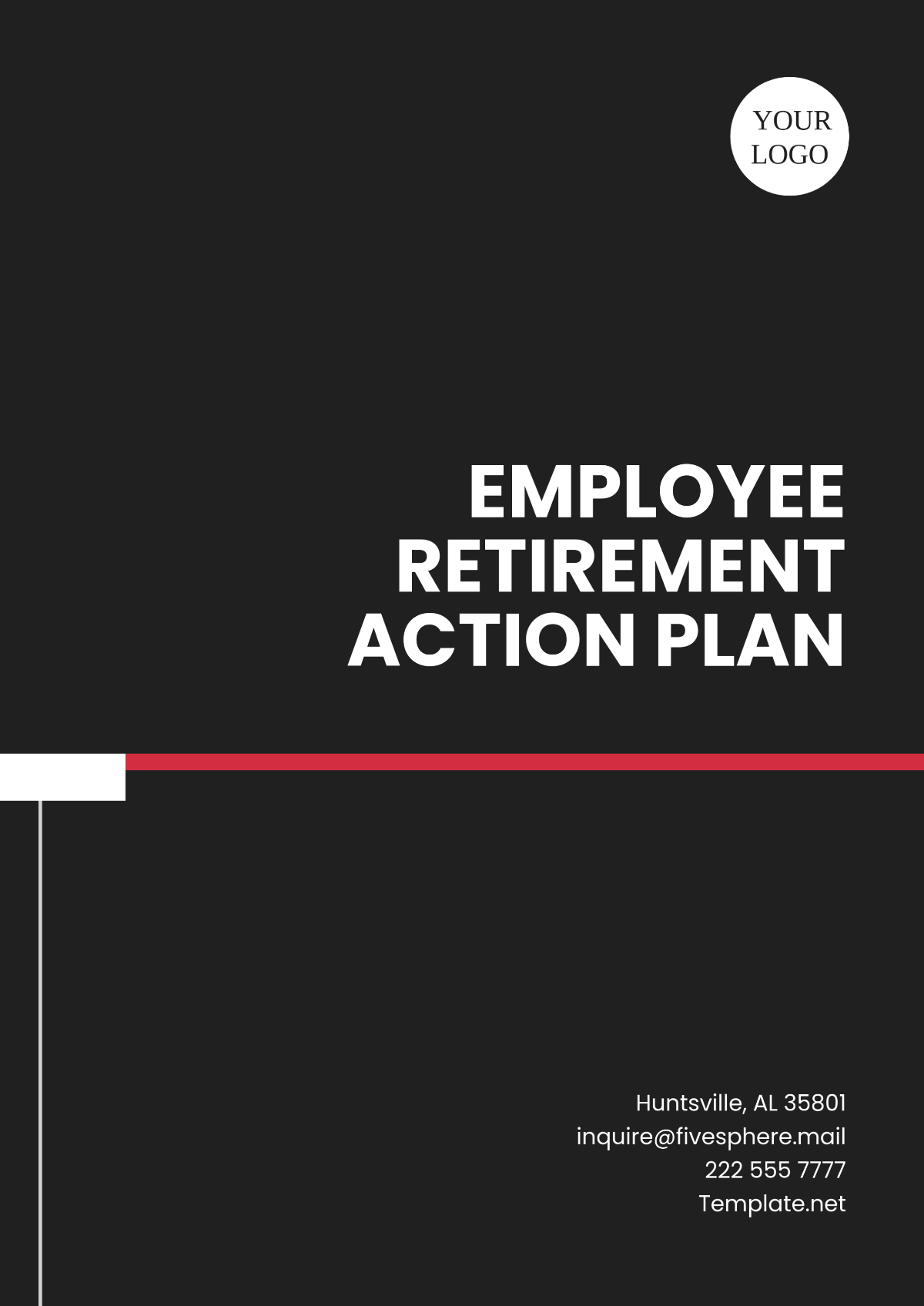Audit Corrective Action Plan
Audit Title: | |
Audit Date: | |
Department Audited: | |
Date of Action Plan Submission: |
Findings Summary
Finding Number | Issue Description | Severity Level | Reference to Audit Report |
|---|---|---|---|
1 | |||
2 |
Root Cause Analysis
Finding #1 | |
Finding #2 |
Corrective Actions
Finding Number | Corrective Action | Responsible Party | Timeline for Completion | Resources Needed |
|---|---|---|---|---|
1 | ||||
2 |
Department Head Signature
[Date]
Auditor Signature
[Date]

















































